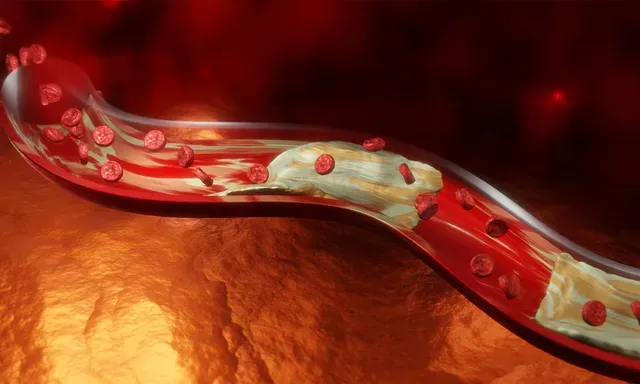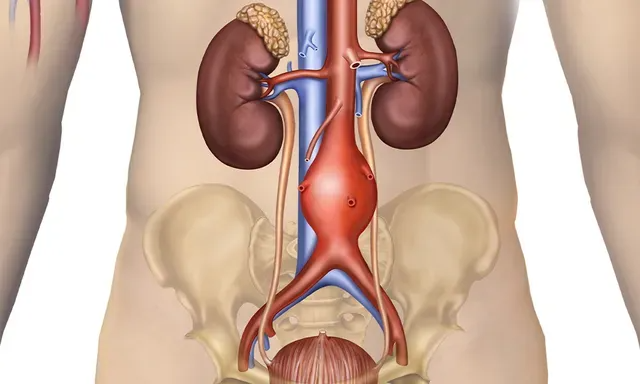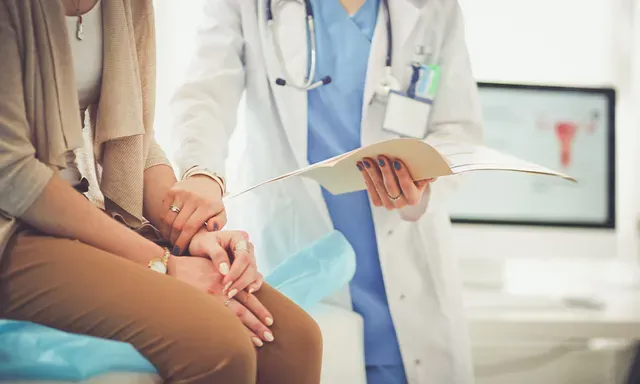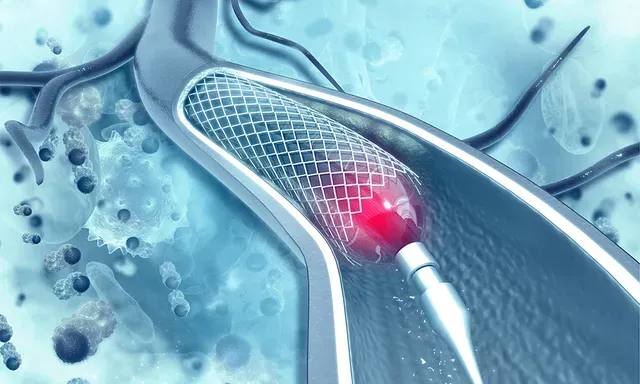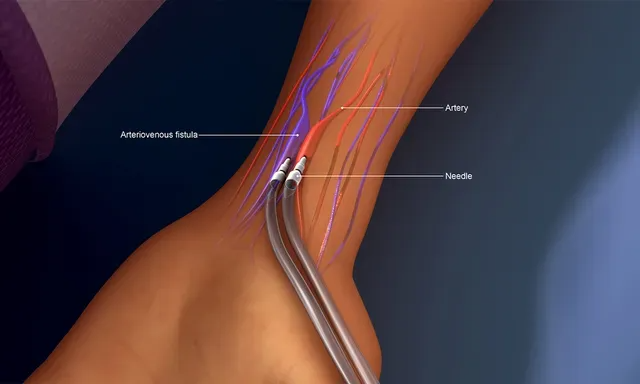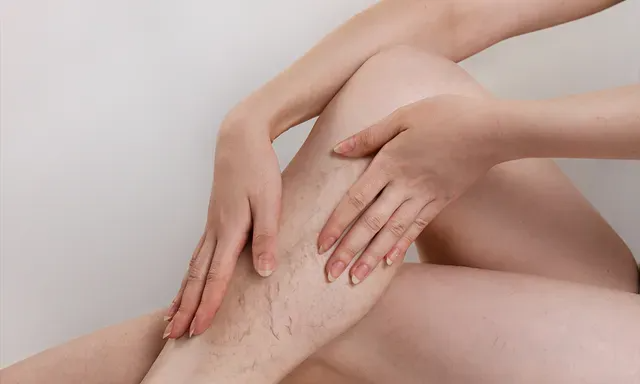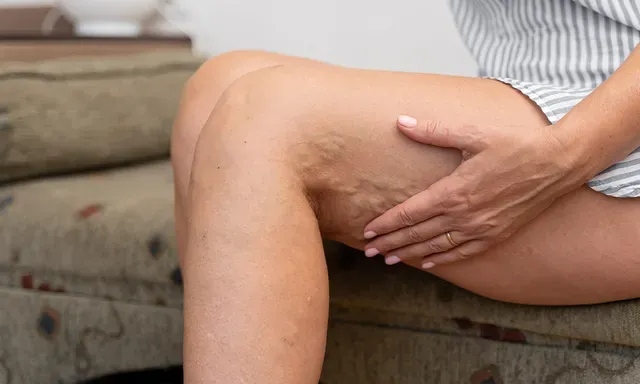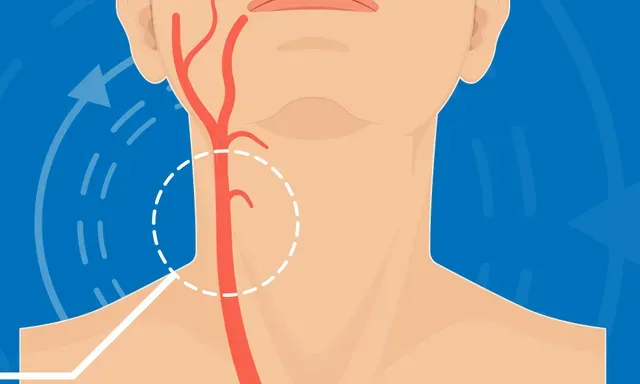Our Services / Endovascular and Surgical Treatment of Arterial Occlusions

Endovascular and Surgical Treatment of Arterial Occlusions services offered in Flowood, MS
Arterial occlusions are most often related to peripheral artery disease (PAD) and can eventually lead to limb amputation if not treated quickly and correctly. Vascular surgeons Danon Garrido, MD, and Rishi Roy, MD, at Advanced Vascular & Vein Associates in Flowood, Mississippi, offer residents throughout Central Mississippi outstanding cutting-edge care for conditions that affect their circulatory health. Don’t ignore symptoms of arterial occlusion, which include unusual pain, coolness, or pallor in an arm or leg. Schedule a visit now by calling the office or requesting an appointment online.
Endovascular and Surgical Treatment of Arterial
Occlusions Q & A
What is an arterial occlusion?
Arterial occlusions are blockages that restrict blood flow through the peripheral arteries, those that are outside of the heart region. These are the vessels that carry oxygen-rich blood from the heart to your arms, legs, kidneys, brain, and other organs.
Most arterial occlusions are caused by plaque deposits related to atherosclerosis, which generally build up over time. This is the same condition that can clog your coronary (heart) arteries and result in a heart attack.
A blood clot, which may break away from a plaque formation or be related to another condition such as vasculitis (inflammation of blood vessels), can cause an acute or sudden arterial occlusion.
Atherosclerosis that affects the peripheral arteries is known as peripheral artery disease (PAD). PAD and subsequent arterial occlusion most commonly involve the arteries that supply blood to your legs.
When an artery narrows and blood supply is restricted, tissue in the affected region is starved of oxygen. This is called ischemia and can eventually lead to tissue death and subsequent limb amputation.
What are the symptoms of arterial occlusion?
Symptoms of arterial occlusion depend on which artery is affected and the severity of the blockage.
Because plaque tends to build up over time, symptoms are usually quite subtle initially but worsen as the disease progresses and the artery narrows further.
In your legs, you may notice:
- Cramping pain (claudication) in the leg muscles with physical activity
- Dry, flaky, or shiny skin around the shins and ankles
- Decreased hair growth on the legs
- Decreased pulses in the ankles and feet
- Unusually cool skin temperature
A complete arterial occlusion related to a blood clot or full blockage of an artery causes very severe pain in the affected body part. Skin may become quite cold and bluish to extremely pale. The occlusion may result in tissue death if not cleared immediately.
How do you treat arterial occlusions?
Treatment for arterial occlusion typically includes management of atherosclerosis with medications and lifestyle changes such as improved diet and increased exercise.
Minimally invasive endovascular procedures such as angioplasty are often necessary to open the narrowed artery. Medication to dissolve the clot or surgical bypass grafting may be required for severely blocked or weakened arteries.
During angioplasty, your provider inserts a small tube (catheter) into the targeted artery via a puncture type incision and uses a medical balloon carried through the catheter to open the blockage. A stent may be placed to help strengthen the artery walls.
For an accurate diagnosis and treatment for arterial occlusion, call Advanced Vascular & Vein Associates to schedule an evaluation, or request an appointment online today.

